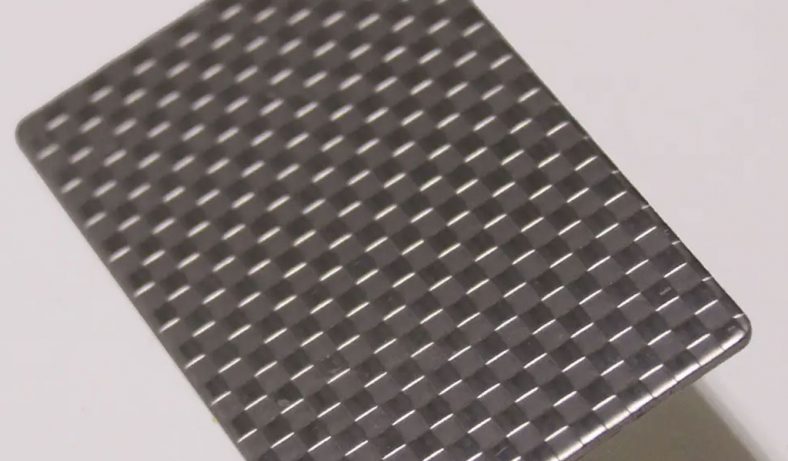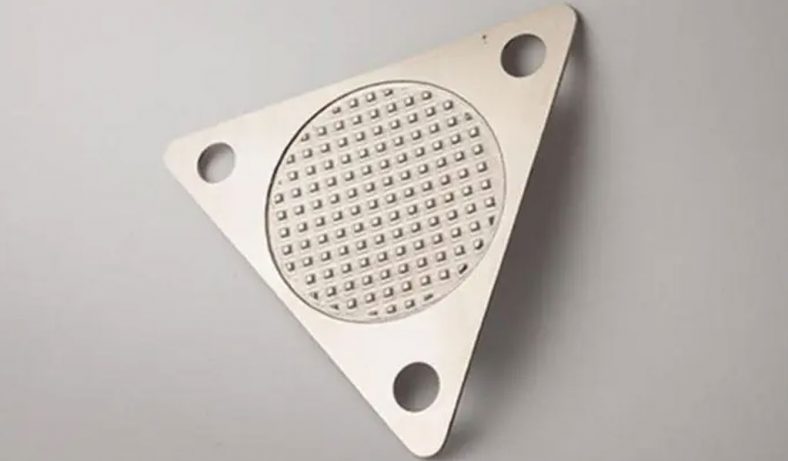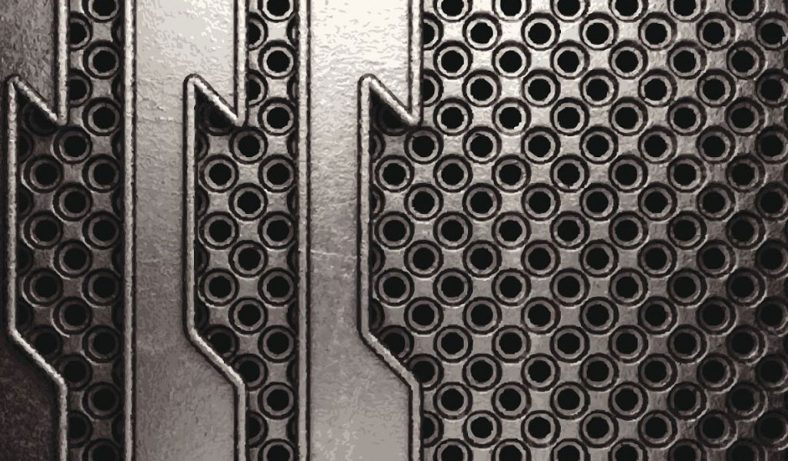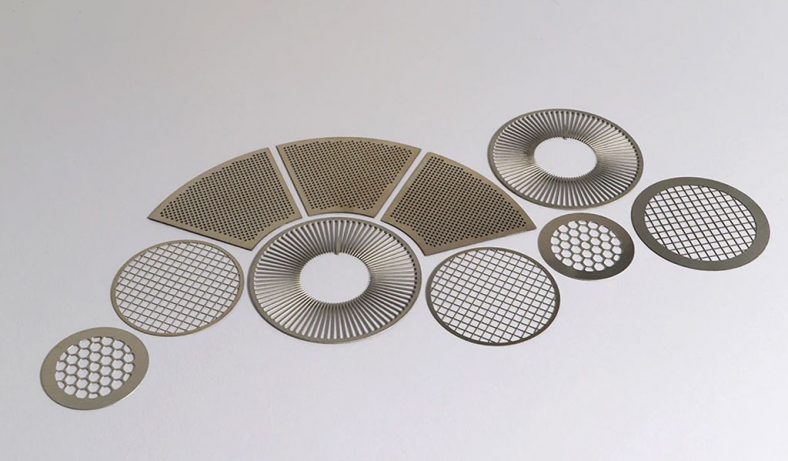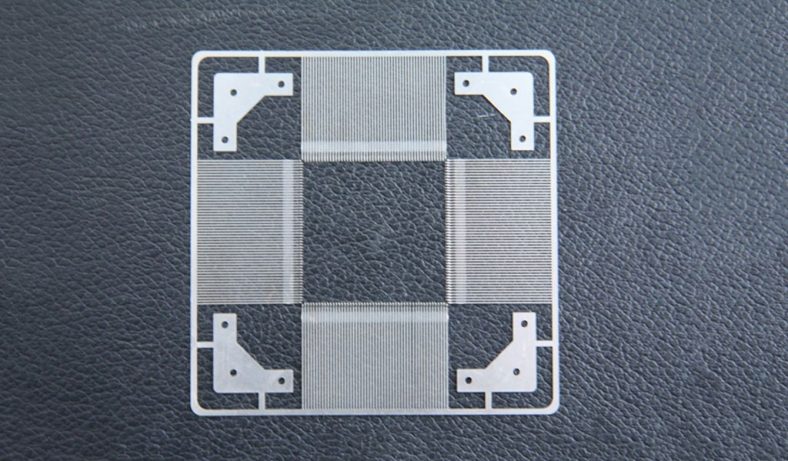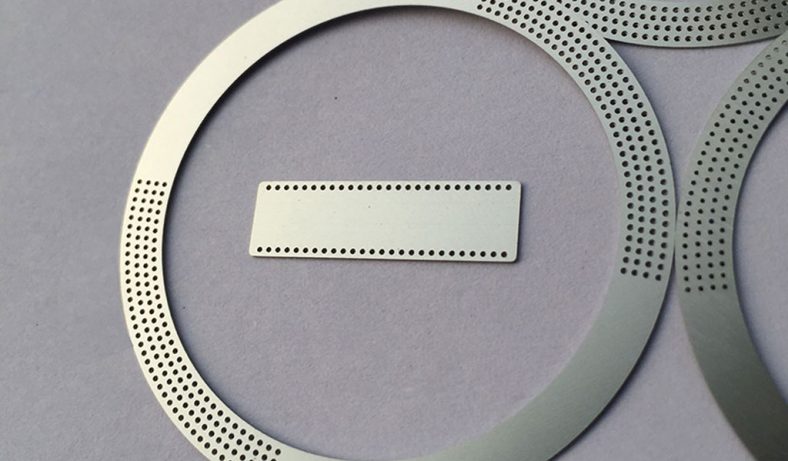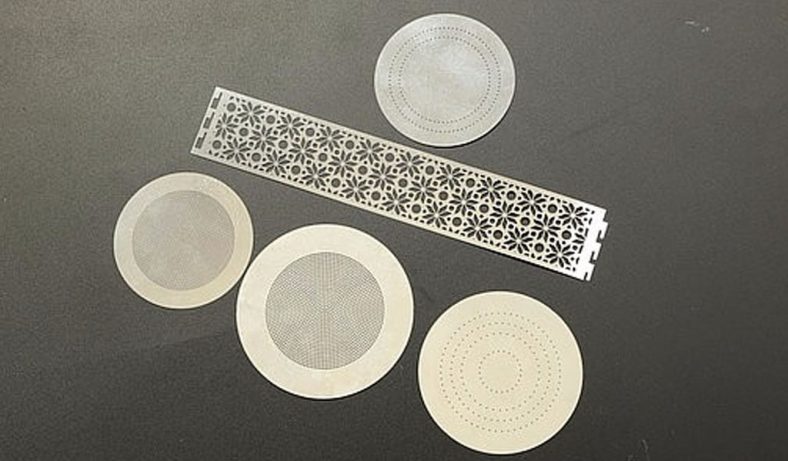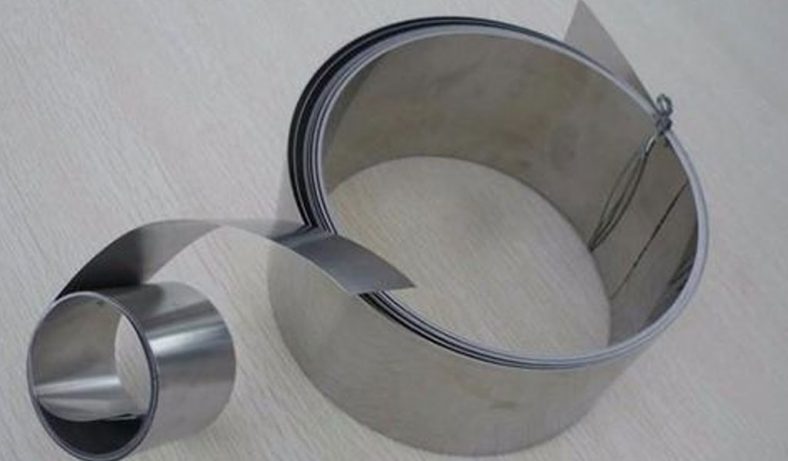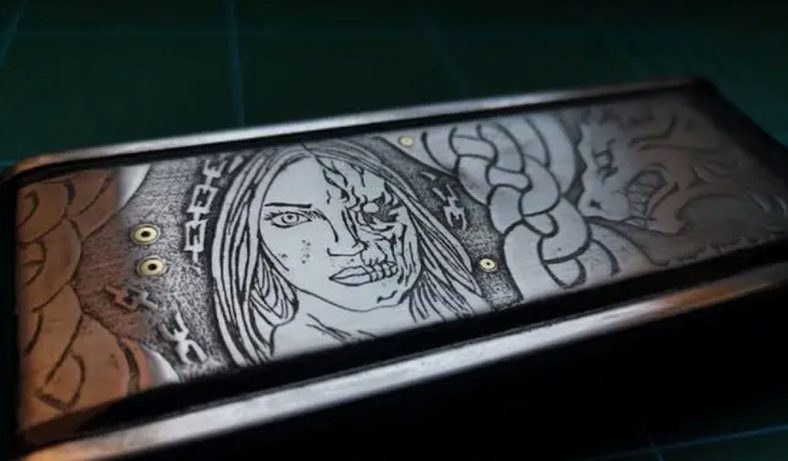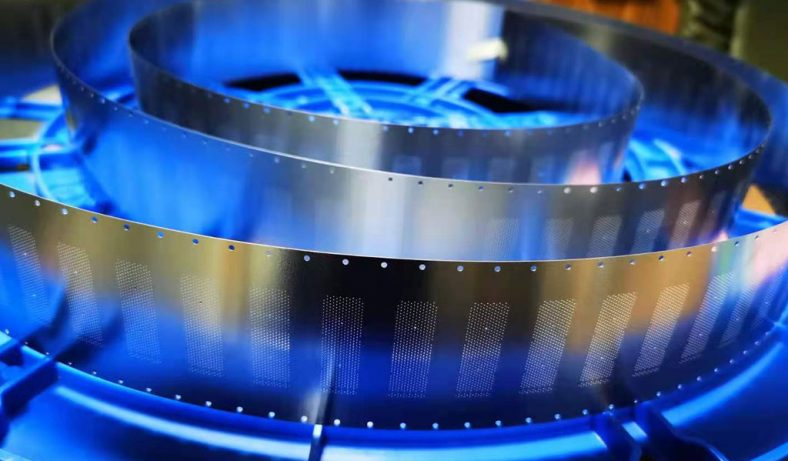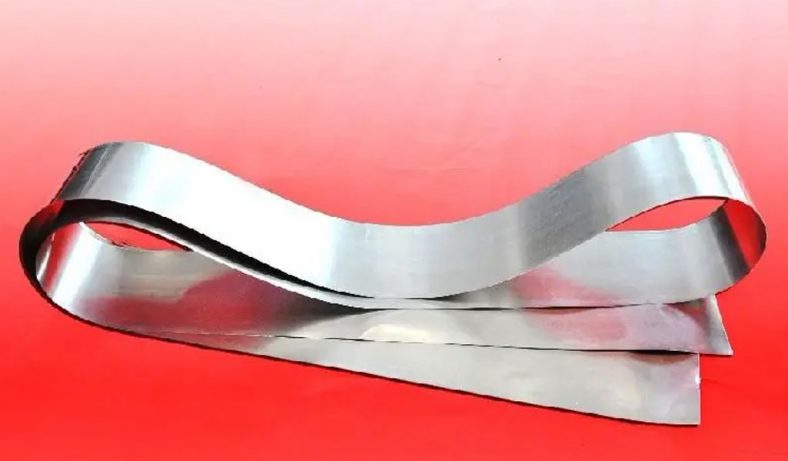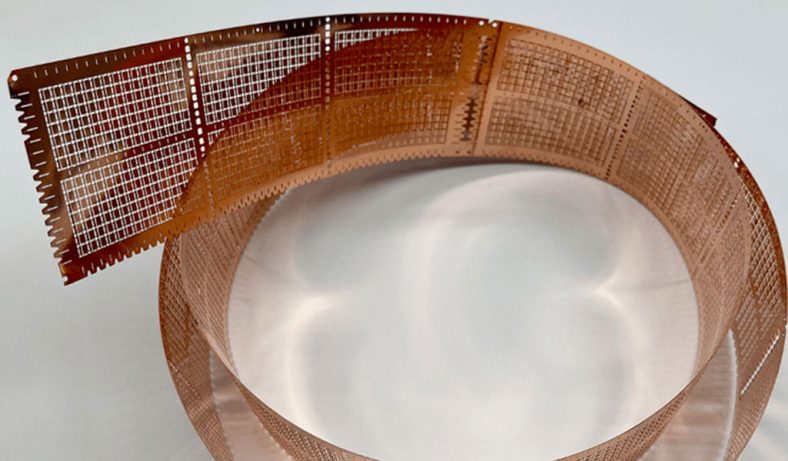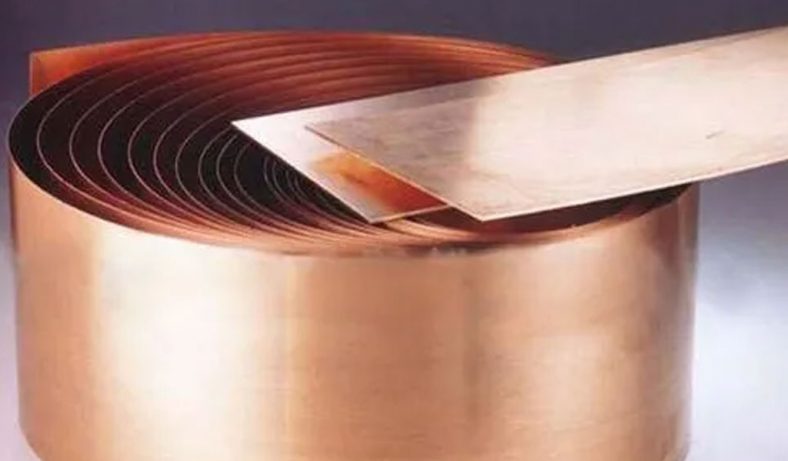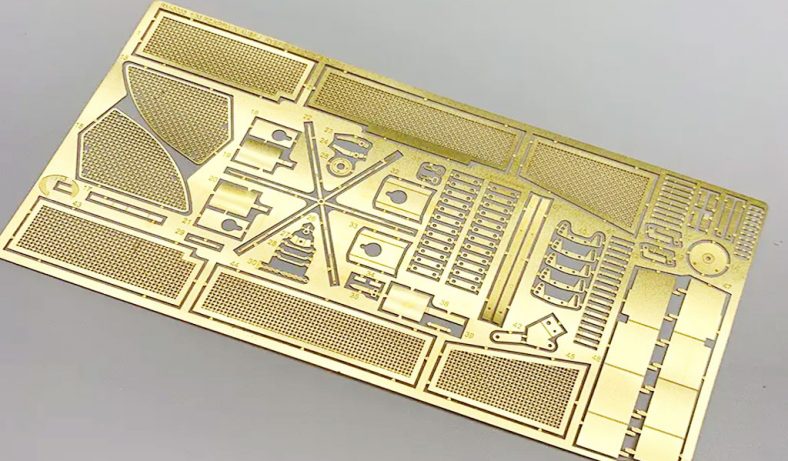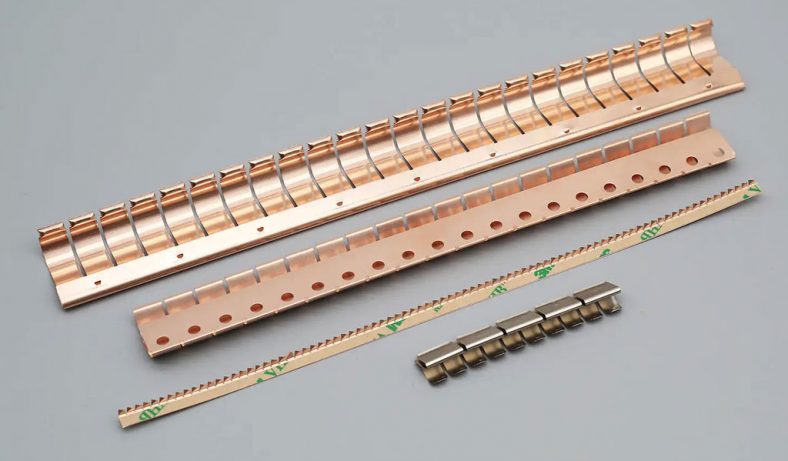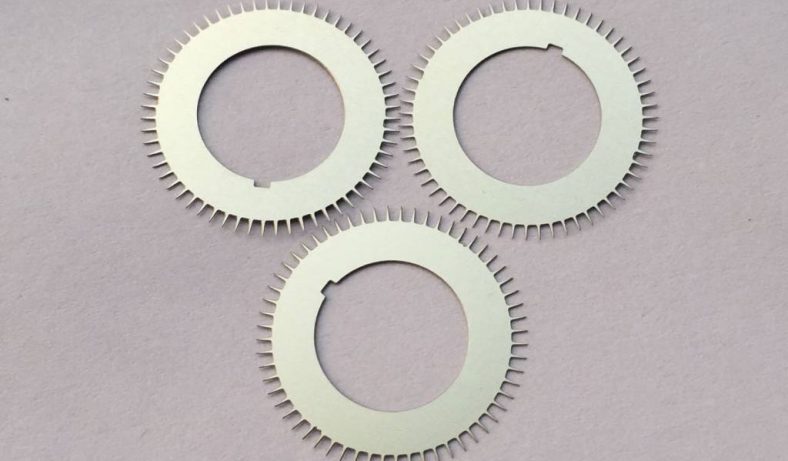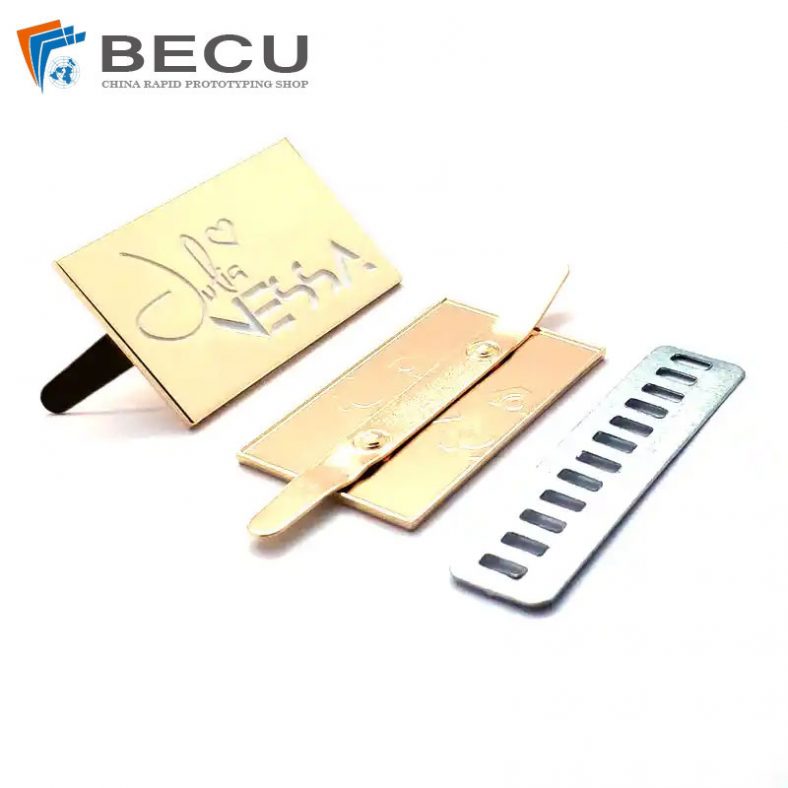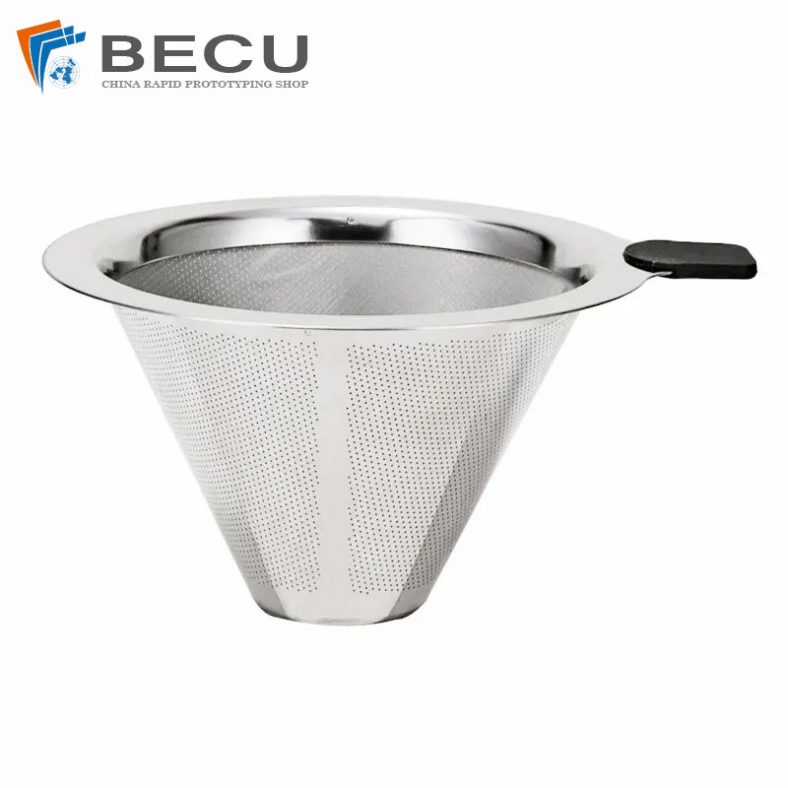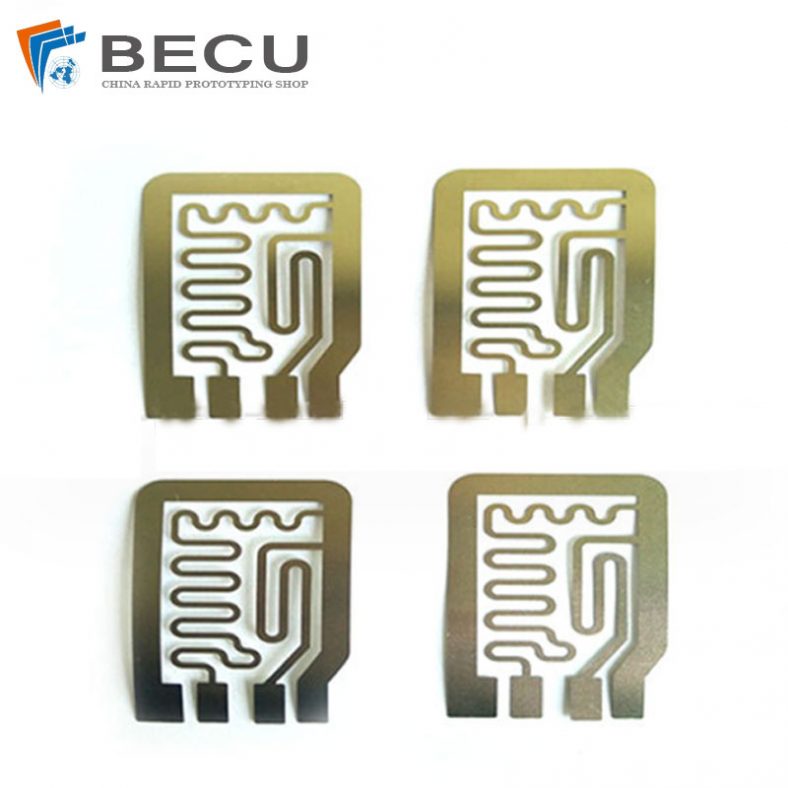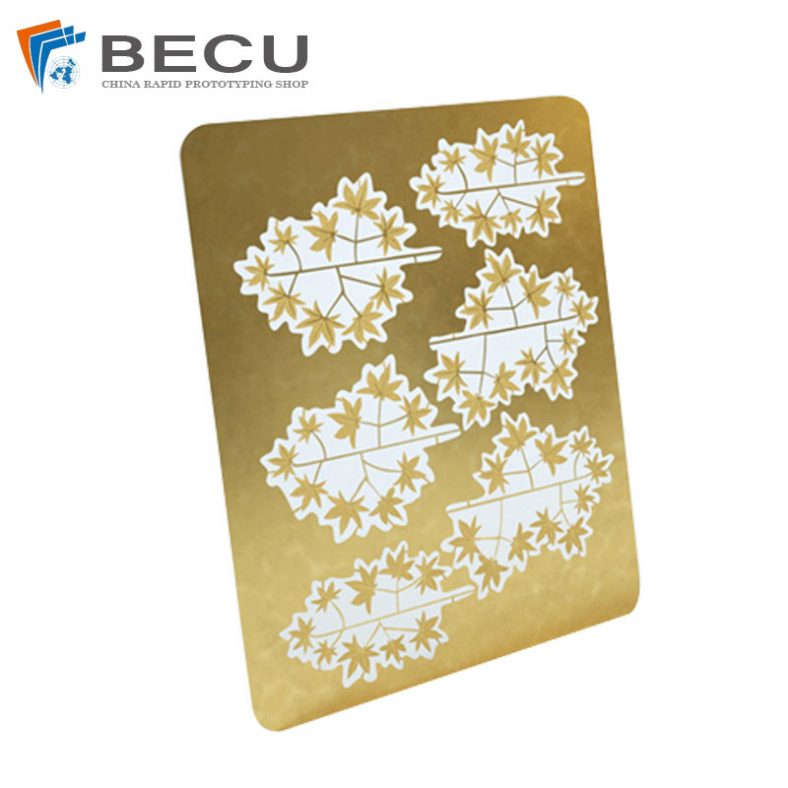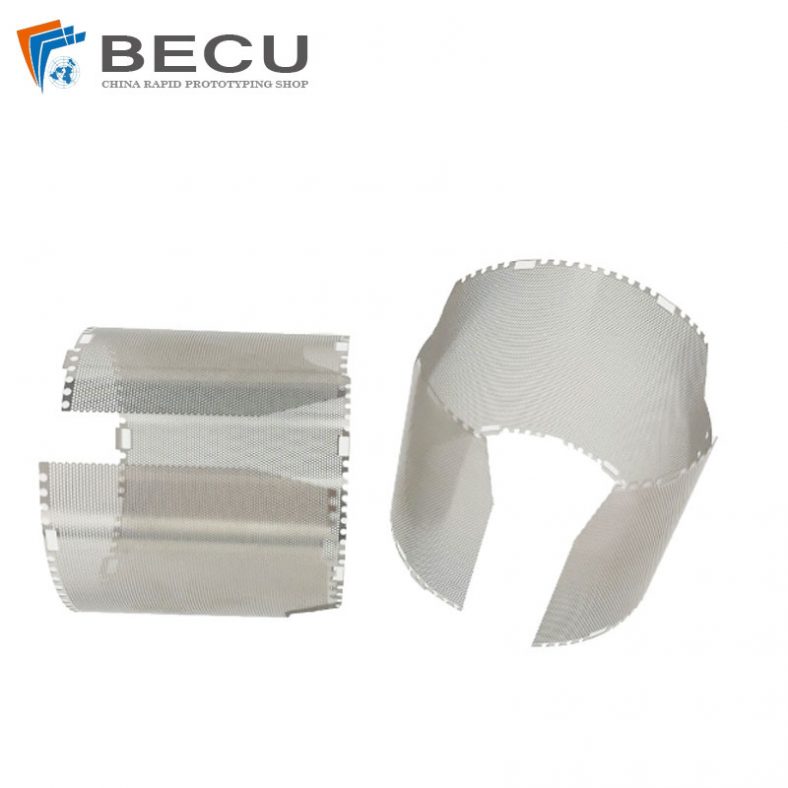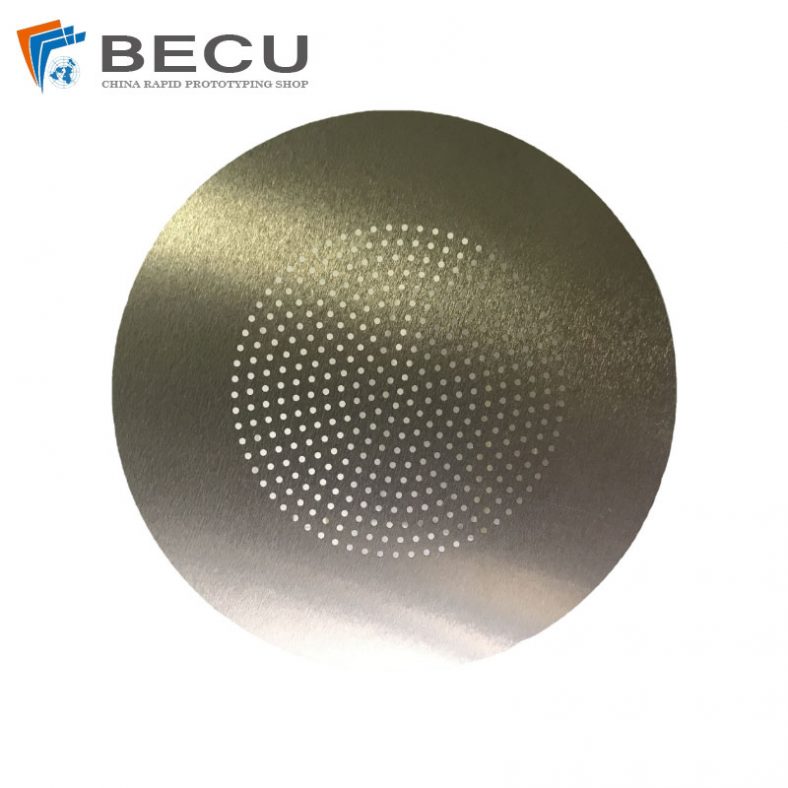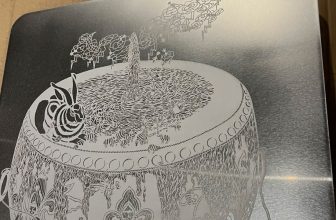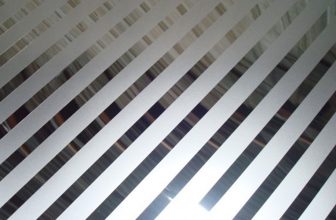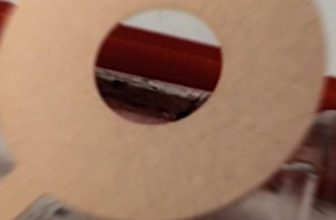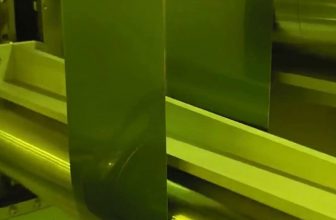Etching on mirrors is an intricate and decorative process that enhances the visual appeal of reflective surfaces by creating patterns, designs, or textures. This technique combines artistic creativity with scientific precision, making it a versatile choice for both functional and aesthetic purposes. The process has evolved significantly over centuries, adapting to changes in technology, materials, and artistic trends. Today, etched mirrors are used in various industries, including interior design, architecture, advertising, and fine art, showcasing their enduring relevance.
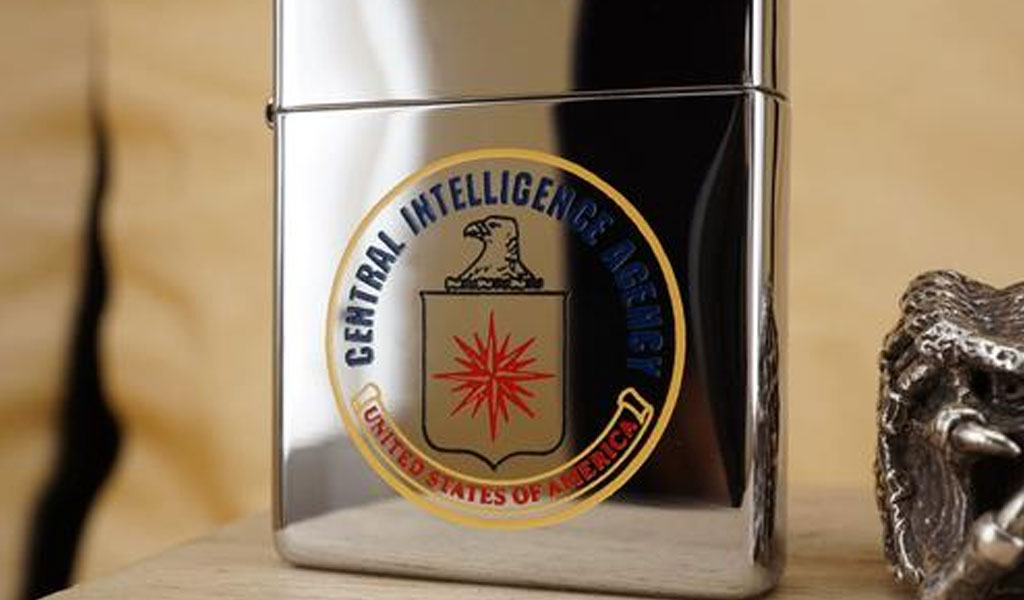
Historical Overview of Mirror Etching
The art of etching mirrors dates back centuries, with its origins intertwined with the broader history of glass decoration.
Early civilizations, such as the Egyptians and Romans, were pioneers in manipulating glass for decorative purposes. These cultures laid the groundwork for techniques that would later evolve into the specialized art of mirror etching.
During the Renaissance period, mirror etching gained prominence in Europe as artisans sought to enhance the aesthetic appeal of reflective surfaces. Intricate designs were etched onto mirrors using rudimentary tools and abrasive materials. The resulting patterns often depicted mythological scenes, floral motifs, and geometric shapes, reflecting the artistic preferences of the era. These etched mirrors became highly sought-after luxury items, adorning the homes of the wealthy and the interiors of grand architectural spaces.
The Industrial Revolution marked a turning point in mirror etching, as advancements in technology enabled the mass production of etched designs. The introduction of chemical etching techniques, using acids to create designs on glass and mirror surfaces, allowed for greater precision and efficiency. This period also saw the development of new artistic styles, such as Art Nouveau and Art Deco, which heavily influenced the designs etched onto mirrors.
Techniques for Etching Mirrors
Modern mirror etching employs a variety of techniques, each with unique characteristics and applications. These techniques can be broadly categorized into chemical etching, sandblasting, and laser etching.
Chemical Etching
Chemical etching is one of the most traditional and widely used methods for creating designs on mirrors. This technique involves applying a chemical solution, typically hydrofluoric acid, to the mirror surface. The acid reacts with the glass, eroding specific areas to create a frosted or textured effect.
The process begins with the preparation of a stencil or mask that protects the areas of the mirror not intended for etching. This stencil can be created using adhesive vinyl, resist tape, or specialized masking materials. Once the stencil is applied, the chemical solution is carefully brushed or sprayed onto the exposed areas of the mirror. After a predetermined period, the solution is neutralized and rinsed off, revealing the etched design.
Chemical etching is prized for its ability to produce intricate and detailed patterns. It is particularly popular in decorative applications, such as creating logos, monograms, and custom designs on mirrors for residential and commercial spaces.
Sandblasting
Sandblasting is another popular method for etching mirrors, offering greater control over the depth and texture of the design. This technique involves propelling fine abrasive particles, such as aluminum oxide or silica sand, onto the mirror surface at high speed. The abrasive particles wear away the mirror’s reflective coating and underlying glass, creating a frosted or textured effect.
Sandblasting is often used to create bold and visually striking designs, as it allows for varying levels of depth and opacity. By adjusting the pressure, particle size, and duration of blasting, artisans can achieve a wide range of effects, from subtle shading to deep engraving. This versatility makes sandblasting a preferred choice for large-scale projects, such as architectural installations and decorative panels.
Laser Etching
Laser etching represents the cutting edge of mirror decoration, combining precision and automation to create highly detailed designs. This technique uses a focused laser beam to remove the reflective coating from the mirror surface, exposing the glass beneath. The laser’s intensity and speed can be adjusted to achieve different levels of depth and detail.
One of the key advantages of laser etching is its ability to reproduce complex designs with exceptional accuracy. This makes it an ideal choice for applications requiring fine details, such as portraits, intricate patterns, and text. Additionally, laser etching is a non-contact process, reducing the risk of damage to the mirror during production.
Applications of Etched Mirrors
Etched mirrors serve a wide range of purposes, from enhancing interior aesthetics to fulfilling functional requirements. Their versatility and customization options make them a popular choice across various industries.
Interior Design and Architecture
In interior design, etched mirrors are used to add a touch of elegance and sophistication to spaces. They can serve as decorative wall panels, room dividers, or focal points in residential and commercial settings. The ability to customize designs allows designers to tailor etched mirrors to specific themes or styles, creating unique and personalized spaces.
Architects also incorporate etched mirrors into building designs to enhance aesthetics and functionality. For example, etched mirrors can be used to diffuse light in interiors, creating a soft and inviting ambiance. They are also employed in public spaces, such as hotels, restaurants, and shopping centers, to create visually engaging environments.
Advertising and Branding
Etched mirrors are an effective medium for advertising and branding, as they combine functionality with aesthetic appeal. Businesses often use etched mirrors to display logos, slogans, or promotional messages in a stylish and eye-catching manner. These mirrors can be installed in storefronts, reception areas, or trade show booths, serving as both decorative elements and marketing tools.
Fine Art and Personal Expression
The artistic potential of etched mirrors has made them a favorite medium for artists and craftspeople. The reflective surface of a mirror provides a unique canvas for creative expression, allowing artists to experiment with light, texture, and perspective. Etched mirrors are often used to create one-of-a-kind artworks, including portraits, abstract designs, and installations.
Functional Applications
In addition to their decorative uses, etched mirrors also serve functional purposes. For example, etched mirrors are commonly used in bathrooms and dressing rooms to reduce glare and provide a softer reflection. They are also employed in privacy screens, where the frosted designs obscure visibility while allowing light to pass through.
Materials and Tools for Mirror Etching
The materials and tools required for mirror etching depend on the chosen technique. However, some common items include:
- Mirrors: High-quality mirrors with durable reflective coatings are essential for achieving the best results.
- Stencils and Masks: Adhesive vinyl, resist tape, and laser-cut masks are commonly used to create designs.
- Chemicals: Hydrofluoric acid or ammonium bifluoride solutions are used for chemical etching.
- Abrasives: Aluminum oxide, silica sand, or other fine particles are used in sandblasting.
- Laser Equipment: Specialized laser machines with adjustable settings are required for laser etching.
- Safety Gear: Protective equipment, such as gloves, goggles, and respirators, is essential for ensuring safety during the etching process.
Environmental and Safety Considerations
Mirror etching involves processes and materials that require careful handling to minimize environmental and health risks. Chemical etching, in particular, uses hazardous substances that must be disposed of properly to prevent contamination. Sandblasting generates fine particles that can pose respiratory hazards, necessitating the use of proper ventilation and protective gear. Laser etching, while generally safer, requires precautions to protect against laser radiation.
Sustainable practices, such as using eco-friendly materials and recycling waste, are increasingly being adopted in the mirror etching industry to reduce its environmental impact.
Conclusion
Etching on mirrors is a timeless and versatile art form that continues to evolve with advances in technology and changes in artistic trends. From its historical roots in decorative glasswork to its modern applications in design, advertising, and fine art, mirror etching remains a dynamic and innovative field. By combining creativity with technical expertise, artisans and designers can transform ordinary mirrors into extraordinary works of art, enhancing both the beauty and functionality of reflective surfaces.

